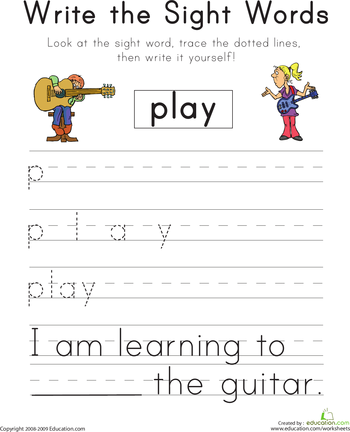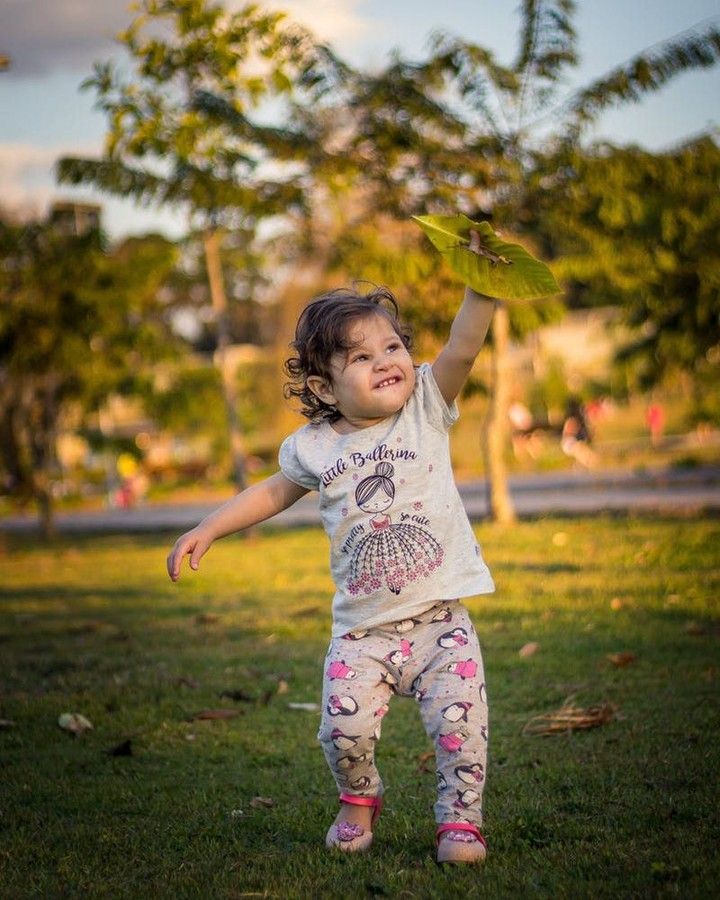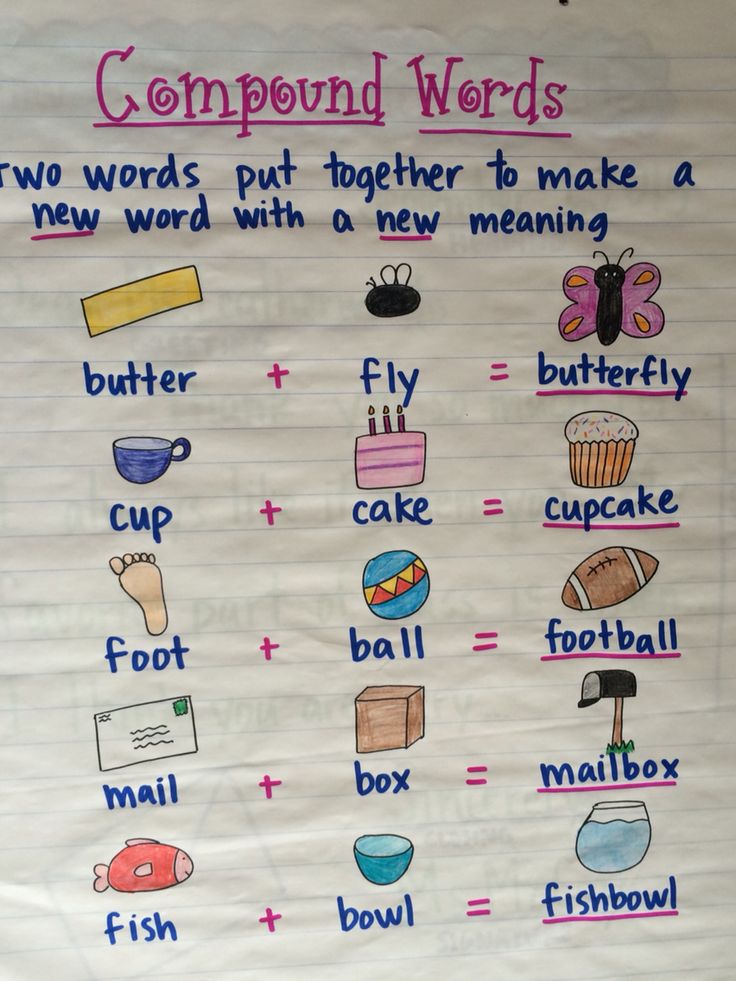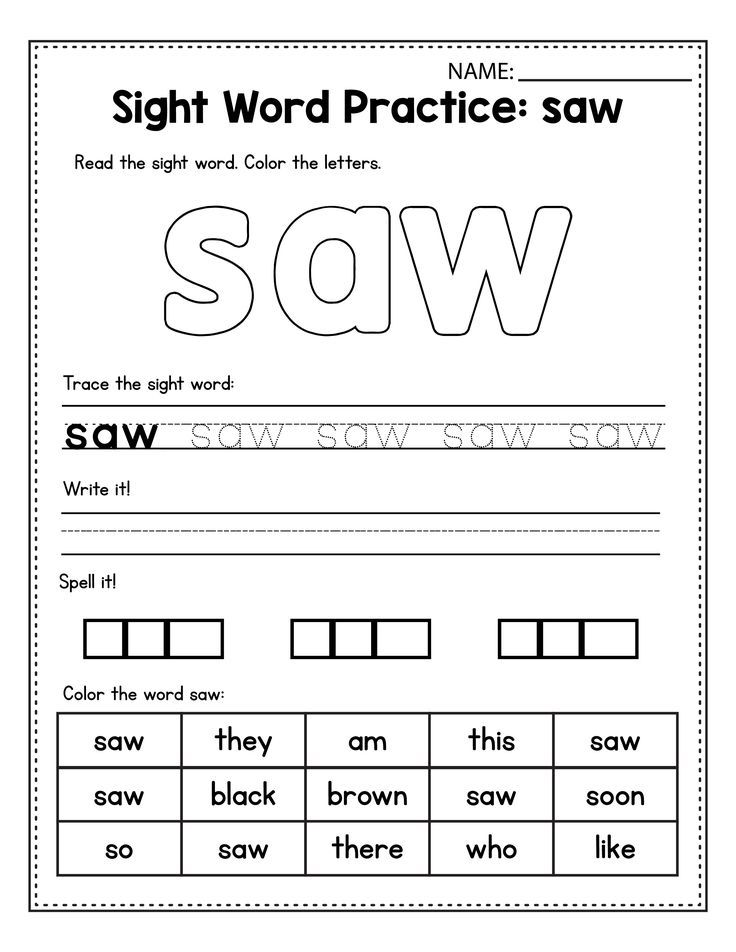Teach kids to share
Tips for teaching children to share
Sharing (or, more precisely, the lack thereof) is a common topic among parents and educators of young children.
Reading different Facebook groups, you’ll often find posts about children who won’t share and caregivers questioning how to help them. The advice given on those boards can vary widely from buying numerous copies of the same toy so everyone has one, to using a timer to set the amount of time a child can use a toy.
But what is sharing at its core and why do we ask young children to do it?
Developmental readiness for sharing
Sharing teaches cooperation, collaboration, and teamwork. Sharing with friends and family can increase the unity and bond you feel with them. Many acts of kindness involve sharing — of time, money, or resources. Personally, sharing can make us happier and live longer.
The ability to share is a developmental milestone. Just like you wouldn’t expect a 3-month-old to walk or a 2-year-old to read, you can’t expect your child to share until they are developmentally ready to share. I know, I know… somewhere out there is a parent or educator who is saying, but my child COULD read at 2 years old! However, just like any other milestone, there is an age range, but most children will not even begin to understand the concept of sharing until they are able to understand that others have a different point of view from theirs.
Consider the stages of children’s psychosocial development (psychosocial relates to one’s psychological development in, and interaction with, a social environment; in other words, how a child grows and relates to the society around him). Young children are naturally very egocentric. They have difficulty seeing anything outside their own point of view.
Egocentrism is very different than egotism. The egotist believes that she or he is superior to others. Egocentricity in young children is a developmental stage. They are egocentric not because they are selfish or self-centered, but because they are incapable of seeing things from another’s perspective.
Many researchers — for example, Piaget and Erikson — have shown this to be true. They have proven that during the ages of approximately 2 – 7 years old, children are slowly learning to understand that others have different thoughts, perspectives, and ideas than their own. During this period children will be resistant to parents and other caregivers asking them to share because they are only just beginning to understand the concept.
Is that to say that we shouldn’t ask our children to be giving with others? Should we not ask them to share their toys? No. Just like any other skill, sharing takes practice, time, and positive reinforcement. There are many things adults can do to help a child learn to share.
Tips for teaching sharing
1. Sharing is not just about objects
Sharing is not just about sharing your physical belongings. It’s not just about those favorite blocks or doll. Sharing is also about sharing time, turns, and themselves. Young children are just beginning to learn to take turns, to wait until daddy finishes the dishes to read a book or to share their time helping a grumpy friend feel better.
It’s very helpful for adults to model and encourage sharing of all kinds. So whether you are making soup to take to your sick neighbor or waiting in line at the grocery store, these are opportunities for you to teach your child about sharing in a natural way.
2. Teach the language of sharing
Early on, it’s important that your child hears the language of sharing. For example, I’ve worked with children in a multi-age environment. I had an infant and several toddlers, along with slightly older preschoolers together in my program. The infant’s needs often took precedence over many of the older children’s needs. When an infant needs to be fed or held or changed it’s obviously important to take care of those needs quickly.
Inevitably, the needs of the baby coincided with the toddlers’ and preschoolers’ needs. So, while I was feeding the baby, I would be talking to the other children, saying things like:
- “I know how frustrating it can be to wait, but right now it’s the baby’s turn.
 Soon it’ll be your turn.”
Soon it’ll be your turn.” - “Can you help me with the baby by bringing me the wipes? Wow! What a good helper you are.”
- “Can you sing the baby a song while I’m changing her diaper? She’s not very happy right now.”
Give the children words for their feelings, frustrations, and actions. Praising their ability to share (whether it be sharing their time, their feelings, their toys, etc.) gives them the confidence to try it again.
I also made it a point to talk out loud to the baby when it wasn’t her turn. For example, when I was in the middle of serving lunch to 5 hungry children and the baby became fussy and cried, I would say, “just a minute, baby! Right now it’s their turn, but next it’ll be your turn,” or “hold on, baby, I just need to serve everyone their lunch and then it’ll be your turn.” This wasn’t really for the baby’s sake; it provided the older children with the language of taking turns. It allowed them to internalize the fact that they were all taking turns and sharing.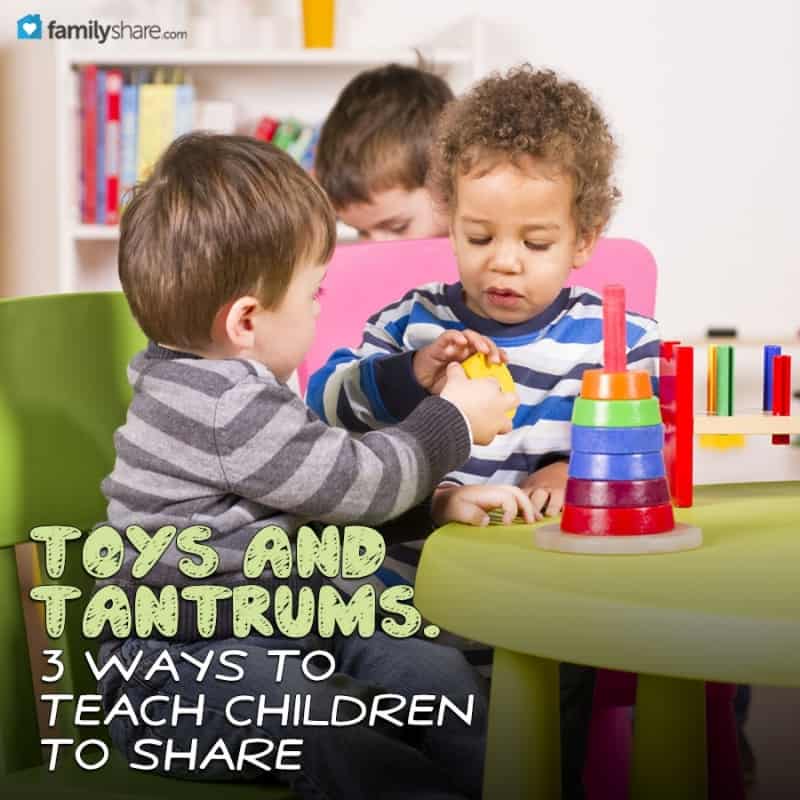
3. Play cooperative games
Playing cooperative games with your child is a great way to reinforce the concept of sharing in a fun, relaxed environment. Taking turns while playing a board game or putting together a puzzle can give children practice sharing with others. Even informal games you play with your toddler or preschooler such as rolling a ball back and forth across the room or taking turns adding a block to a tower can give your child another way to practice sharing.
4. Allow your child to not share in some cases
There are times when it’s perfectly okay for your child not to share. In these situations, it’s important for you to set up your child for success. For example, your friend is coming over to your house with her children. You know there are toys that are very special to your child. Make sure to put away the toys that are very special to your child so that they aren’t an issue or allow your child to put things in their room that they don’t choose to share and shut the door.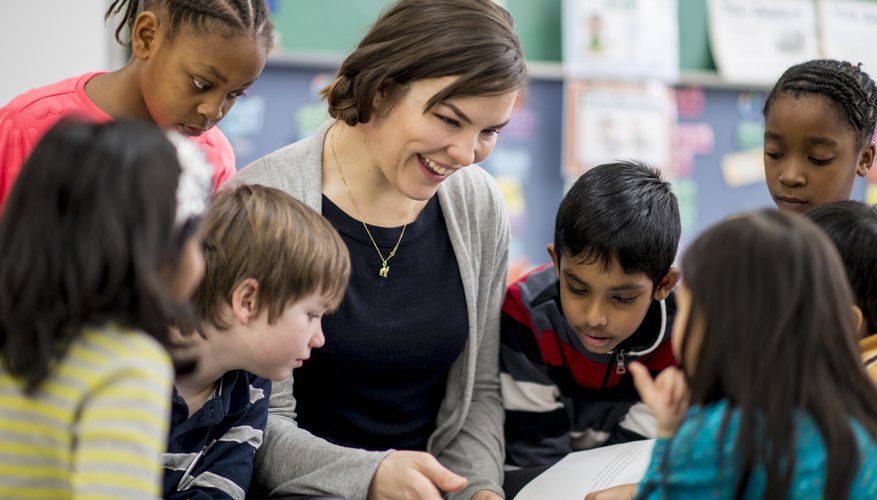 Giving your child the space to keep certain things for themselves may help them be more willing to share their other toys.
Giving your child the space to keep certain things for themselves may help them be more willing to share their other toys.
5. Set your child up for success
Plan ahead and prepare your child for whatever situation is coming. Explain what will be happening in simple terms. For example, “Daddy’s friend Max and his kids are coming over this afternoon. When they get here they are going to play with you! How fun it will be to play together with your toys! I know that some toys like your teddy bear are very special to you. What do you think about putting Teddy away while your friends are here so he’ll be safe in your room?”
6. Positive reinforcement and direction
Just like with any other skill your child is learning, it’s important for you to be patient and offer positive reinforcement as your child learns to share. I know it can be embarrassing when your child loudly refuses to share their sand toys at the park or when your preschooler hoards all of the Legos at the table. Instead of escalating the situation and trying to force your child to share, diffuse the situation by bringing out something they can do cooperatively such as play dough or coloring. Change up the environment by bringing them outside. And remember, once your child is sharing, offer praise for their efforts!
Instead of escalating the situation and trying to force your child to share, diffuse the situation by bringing out something they can do cooperatively such as play dough or coloring. Change up the environment by bringing them outside. And remember, once your child is sharing, offer praise for their efforts!
In-class or home techniques to try
Here are some tried and true techniques that have been used by preschool educators for decades:
1. Have multiple of favorite toys
While this may be more practical in a group care setting, having multiples of favorite toys can take the pressure off. However, this doesn’t always work. Toddlers and preschoolers are unpredictable. They still, somehow, often fixate on “the one” even when all of the toys are identical. I’ve dealt with arguments over a specific yellow chair (when all the other chairs were also yellow) or the red playground ball (when all the other balls were also red).
2. Use a timer to take turns
Some educators set a timer for turn-taking. They will give each child a certain amount of minutes before they need to stop and give the toy to the next friend. This can be helpful because it takes out the adult element. The timer is to blame for your turn being over. However, a pitfall with this technique is that it stops a child mid-play which can be upsetting.
3. Allow children to play with a toy until they’re done and then share
In my program, this was the method I used most often. All of the children knew that if you chose a toy it was okay to play with it until you were done and then it was the next person’s turn. It wasn’t okay to hoard all of a certain type of toy and it wasn’t okay just to carry that toy around or hide it when you weren’t using it, but if you were actively using that toy, it was yours until you were done.
Through the years, I found that this technique took a lot of pressure off of me and the children. When they had control of the situation, they often shared more quickly and effortlessly than any time I asked them to share. The others learned that everyone who wanted a turn would get one. Obviously, this didn’t work smoothly all of the time. Toddlers and preschoolers aren’t known for their patience and understanding. I had some crying tantrums and frustrated children, but no method works smoothly for every child.
4. Make a list
Allow children to set up a schedule of their own. I saw in another program recently where an educator had a clipboard and a paper/pencil. When there was a particular thing many children wanted to use, they were responsible for putting their name (or their letter or their shape or however they could mark their spot) onto the list. The child playing would check the list when they were done and the next person took a turn. This turns control over to the children and allows everyone to be listened to and get a turn. It also has the added benefit of sneaking in some purposeful, meaningful writing.
The road to teaching a child to share is a marathon, not a sprint. It’ll take time, but through positive reinforcement, modeling, and patience, your child will be well on their way!
5 Ways To Teach Kids To Share, Plus Tips From Our Experts
If you’ve ever heard the words “gimme” or “mine” from your child followed by hugging tightly any item they want all for themselves, then you know how tricky kids sharing can be.
Young children usually put their own needs above others, and helping them understand that letting their sibling or friend borrow a prized possession is not the end of the world can be a challenge.
However difficult the task may be, it is still possible. In fact, there are various strategies you can use to help your child get comfortable with sharing. We’ll be discussing the most effective ones with you here.
Importance Of Kids Sharing
As your child starts socializing on playdates, in school, or in other social situations, encouraging them to share can help them build positive relationships with others.
Here’s how sharing benefits your child.
Friendships
The more your child learns how to share, the easier it will be for them to make and keep friends.
Friendships can be complicated, and we’re not implying that just because your child shared their toy truck today, they have now built a lifelong friend.
However, kids are naturally loving and grateful, and when someone is willing to share some of their prized possessions, it makes building friendships easier.
Give And Take
Most relationships require both parties to operate on a give-and-take basis.
When your child learns how to share, they begin to understand that they will probably get something of value in return. For example, now that they’ve shared their doll with a friend, the two of them can have a tea party with their dolls!
Emotional Development
Social and emotional development is a lengthy process that begins in early childhood. When your child starts sharing, they learn to let go of something they might value without throwing a tantrum.
The above are just a few areas where kids sharing can prove to be very beneficial for children. But before encouraging your child to hand over their toys, it’s essential to know whether or not they are ready.
Is Your Child Ready To Share?
Here’s a look at some of what you can expect from young children at different stages of their development.
Toddlers
Most toddlers don’t understand sharing quite yet. Toddlers are still learning to manage their feelings, and they tend to be impatient and egocentric.
This makes it challenging for them to comprehend why they have to wait their turn if another child is playing with something they want.
The key components to introducing sharing behavior here are continued encouragement and lots of practice.
Preschoolers And Kindergarteners
Children three years and older understand the basics of sharing and taking turns. However, they are still emotionally developing and may be reluctant about giving up something they have.
You can encourage sharing by speaking to your child about other people’s feelings. Children tend to view life from their own perspective. Helping them see how hurt someone else is can encourage sharing and empathy.
5 Ways To Encourage Kids To Share
1) Model Generosity
Children learn best about sharing when they witness sharing behavior. So, share your slice of cake with them or allow them to try on your hat.
Help them see you share with other people as well. For example, “I’m going to share my favorite scarf with my friend,” or, “My friend asked for my cookbook, so I shared it with her.”
Modeling sharing behavior in these low-stress situations can help your child begin to understand that sharing is a normal part of life.
2) Talk About It
Sometimes talking things through will help your child learn that sharing doesn’t have to be catastrophic.
You can start speaking about sharing when there is plenty to share. For example, “We have six cookies to share between you and your friend. You pick one, and your friend can pick another.”
To help encourage kids sharing, continue speaking to your child about the positive aspects of it. For instance, you can highlight that sharing their ball means they can play a game of catch with a friend.
That being said, things aren’t always going to run smoothly. For example, your child’s friend might be the one holding back the ball.
In these situations, try to focus on explaining how the friend might be feeling. “David really likes that ball and wants to play with it now. Let’s see if we can find something else to play with.”
Communication is best when it’s two-sided, so don’t forget to allow your child to express themselves, too. At this stage, they may not be able to put into words what they are feeling. However, you can say, “You look disappointed that David won’t share his ball with you.”
This helps your child see that you recognize and understand their feelings. However, while we encourage talking things through, timing is just as important.
If, for instance, your child is having a squabble with another child over a toy and emotions start to flair, it’s best to remove your child from the situation. Once they have both calmed down, you can then speak to them again about sharing.
3) Practice Positive Reinforcement
Positive reinforcement is a great way to encourage your child to keep sharing. For example, you might say, “I’m so proud of you for sharing your toy with Josh today!” Young children thrive with lots of encouragement, so this can be extremely helpful.
If your child’s friend is the one sharing, remember to praise them as well!
4) Encourage Problem-Solving
When your child has a firm grip on their favorite toy, the concept of sharing it with their friend may not have occurred to them.
You can encourage them to share by introducing the idea of taking turns and setting a kitchen timer to help manage the process (or problem-solve). Offering ways to solve the problem can lead kids to come up with their own solutions.
But even with lots of encouragement, sometimes children may not be ready to share certain toys. That’s OK!
In these instances, offer your child a choice of what to share. For example, “If you don’t want to share your favorite doll, can you find another doll to share with your friend?”
5) Make It Fun
Teaching kids sharing doesn’t have to be boring or involve a lot of lectures. There are fun and simple ways to encourage this through everyday life.
For example, you can take turns adding pieces of a jigsaw puzzle, watering some plants, or even unpacking shopping bags together. The idea here is to allow your child to see how enjoyable sharing can be.
Tips For When Sharing Is Difficult
You might follow some of the above strategies and find that your child still has trouble sharing. What can you do then? Let’s take a look.
Offer A Long Turn
Earlier, we mentioned that after speaking to your child about sharing, you can help them understand that it’s not permanent by setting a timer for the sharing process between your child and their friends.
To encourage good sharing behavior, increase the timer so they have more time with the toy. If your child is waiting to play with a toy, try to take their mind off of it by focusing on other options.
Don’t Punish Your Child
If your child throws a tantrum or refuses to share their toy truck with a friend, it can be embarrassing and frustrating for you.
However challenging, remember that not wanting to share doesn’t make your child selfish! It might take a while for your child to willingly share anything they love, and punishing them will not make the process easier.
In fact, punishing or labeling your child (saying words like, “You’re so selfish”) may make them associate sharing with negative consequences, which can discourage them.
When you’re faced with a tantrum or continuous arguing, we recommend having your child take a few minutes of quiet time in another room to calm themselves. You can also show them how to practice deep breathing.
Expect Selective Sharing
We’ve discussed the importance of sharing and some strategies you can use to help your child see that sharing is good. But what happens when they refuse to share certain things even after you’ve followed the tips above?
First, realize that it’s natural for your child to have a favorite toy, book, or other item that they simply don’t want to part with. Next, respect that and ask permission from your child before allowing their friend or sibling to borrow that item.
You may also want to tell the friend or sibling that a specific toy or book is too special to your child and ask what item your child would be happy to share.
Finally, don’t force the issue. Put the item aside and try again another time.
Sharing Is Caring!
As parents, we love to see our kids sharing with their friends or siblings. But getting them to do so with open hearts and smiles on their faces isn’t always an easy task!
Follow the above strategies to help make the process go a little smoother. And remember to stay patient as you keep encouraging your child to take turns.
Sharing is just one of the skills key to children’s development. Check out the HOMER program to learn more about helping your child thrive in different aspects of their growth!
Author
How to teach a child to share - Psychologos
It is difficult for children to share, especially small ones. This is a normal part of the development process. Realizing and accepting this is the first step in helping a child become a generous person.
Selfishness comes before the ability to share. The desire to own is a natural reaction of a growing child. During the second and third years of life, the child moves away from understanding himself in unity with the mother and begins to become an individual, defining himself separately from the mother. "I myself!" and my!" - the main words of the baby. In fact, "Mine" is one of the easiest words for a child to pronounce.
The growing child develops strong attachments to both things and people. It is difficult for a one-year-old child to “share” his mother; two-year-old - a toy bear. Some children become so attached ("attached") to the toy that the old, tattered doll becomes part of the child. When our four-year-old daughter was asked to draw a portrait of herself, she always portrayed herself with her favorite doll, as if it were part of her body. How could you convince her to share the doll with a friend? The doll was too important to her. She could not feel at ease if the doll was in the hands of another child.
When to expect a child to learn to share. The real desire to share is based on empathy, the ability to understand the opinion of another person and see the world through his eyes or from his point of view. Children under six years of age have difficulty doing this. Mostly they share because you teach them that way. Don't expect a two or two and a half year old to easily learn how to share their toys. Children under the age of two are ready for parallel play with other children, but not with them. They don't think about what the other child wants or feels. With skillful upbringing, a selfish two-year-old child can become generous by the age of three or four. As children begin to play with each other and cooperate in play, they begin to understand the value of sharing.
Even at the age of four or five, a child will not always be ready to share. The child may be sensitive to certain things. It could be a favorite toy or a tattered blanket. For him, this is the same as for you an engagement ring or a family heirloom that your mother gave you. Respect and protect the child's right to own property. Children know their friends. At the age of four, Matthew realized that Johnny's friend was an impulsive, curious child who could test the reliability of any toy. Johnny examined every moving part of the toys, dismantled and twisted them; only the strongest toy could stand. Matthew recognized his friend's destructive nature and hid valuable, fragile toys from him when Johnny came. We supported Matthew's wisdom.
What you can do
Do not force your child to share. Instead, create relationships and environments that encourage the child to have this desire. Ownership gives power. They are just toys for you. For a child, these are valuable, expensive things. Respect your baby's feelings by encouraging the ability to share. Watch your child find their place in group play. You will learn a lot about your child and determine what kind of guidance he needs. If a child tends to steal, other children will not play with him. If he is always a victim, then he must understand the power of the word "No." In the preschool years, the child naturally goes through the “what does this give me” stage and moves into the socially significant stage “what does this give us”. Gradually, with the help of their parents, children learn that life runs more smoothly if they are able to share.
Build generosity. Monkey does what he sees. If the big monkey shares, the little one does the same. If someone asks you for one of your "toys", be sure to share it. Let this be an educational moment: "Mom shared her cookbook with a friend." You back up your words with actions, it's very convincing. Suggest to the child: “Do you want me to share popcorn with you?”, “Come to us, we will find a place for you.” If you have several children and they are close in age, there will come a time when you will not be able to fully devote yourself to only one of them. Do the best you can - divide your time fairly. "Injustice" is the only frequently repeated complaint in childhood. Try to be as accessible to all children as possible.
Play. Divide Dad Game: Have a two-year-old child sit on one knee and a four-year-old child on the other, and explain to both children how to share a person who is important to them.
Even a two-year-old child can take part in a game called "Share Your Wealth". Give your baby some flowers, cookies, blocks or toys and ask him to share them with everyone in the room: “Give one to your big brother. Give one to dad." You form an important trait - sharing is a normal way of life, sharing is a joy. Martha says: “One day Laura found a chocolate bar in my bag. She ate it with pleasure, and then found a second one in the same place and showed it to me. I told her that the bar was for Steven and Matthew and asked her to go and share the chocolate equally, thinking she would eat it on the way. Didn't even follow her to see the "inevitable". Bill later told me how beautiful it looked when she handed out the chocolates, half to Steven and half to Matthew."
When to start. We don't expect babies to share on their own, every opportunity should be taken to encourage them to do so. Explain to your child how to tell friends about your desires. For example: “When Katherine fixes the car, then you can drive it. Ask her when she's done" or "Reach out and wait, she'll give you the doll when she's ready." If a fight breaks out over a toy, sometimes it's best for the adults not to get involved. Give the children time and space to resolve the dispute among themselves. Stand back and watch. If the relationship dynamics in the group are moving in the right direction and the children seem to be solving the problem among themselves, remain a witness. If the situation worsens, intervene. Self-learning - with little or no help from caregivers - is very important.
Alternate ownership. Using the timer helps resolve disputes over toys. Johnny and Jimmy have a serious fight over a toy. You intervene by asking everyone to name cleanly. The one who calls the number closer to the one you have in mind gets the toy first. Then you set the timer. Two minutes is enough time for small children. Seniors can be asked to wait a little longer. When the time runs out, the toy goes to another child for the same time (although he may have already forgotten that he needs it). You may have had to explain this principle to young children. Start with the oldest child or the one who is more cooperative. For example, Stephen owns a toy for two minutes. The timer beeps. Take the toy from Stephen with conversation and support and hand it to Laura, assuring Stephen that it will be his turn again after the timer beeps.
It may take several of these cycles before the child gives the toy away, smiling and knowing that it will return to him again. Families who have used the timer principle have told us that it worked so well that big babies would run to their mother asking, “Mom, turn on the timer. Susie doesn't want to share."
If this method does not work, use a "break" for the toy. Put it in the closet and explain that the toy will stay there until they learn how to share it. Over time, children will understand that it is better to share a toy than to lose it altogether. They will learn to cooperate, and everyone wins.
Plan ahead. If you're visiting, don't forget to bring your toys. There will surely be toys at the party that will interest your child, and it will be easier for the little owner to share with a guest who did not come empty-handed. Be sure to tell your child in advance that when you leave, he can take all the toys back. For children 2-3 years old, this is far from obvious and can cause great anxiety, preventing exchange and mutual concessions.
Protect your child's interests. If your child really appreciates his toy, respect this feeling, but teach him to be generous. The child often has a special attachment to certain toys that he does not want to share with anyone. We advise you to remove them so that other children do not take them. Before playing, help your child divide toys into those that he is ready to share and those that should be put away.
Let the children share. To develop the desire to share, Janet gave four-year-old Benjamin a whole cookie and said, "Please give some of the cookie to Robin." He broke the cookie and gave it to him. It was good practice for Benjamin and for two year old Robin. Because by watching this act, he learned how to share. You can involve older children for this. In this case, both "teacher" and "student" receive a lesson in generosity; Janet breathed a sigh of relief as Benjamin became aware of the necessary behavior.
How to teach a child to share and be polite
As children, we were taught to share. Those who did not want to do this were condemned and called the insulting word "greedy". Today, attitudes towards this issue have changed. Psychologists and parents have recognized children's right to "private property," so "sharing" has become more of a right than a duty.
How to teach a child to share and be polite? Svetlana Tsvetkova, a family psychologist, author of courses on parenting, marital relations and female self-realization, told us about this. In addition, Svetlana is a happy wife and mother of three children.
- Svetlana, tell me, is it necessary to share, is it worth teaching this to a child?
- Yes, of course, children need to be taught to share. We teach the child etiquette and courtesy like any other skill. At the same time, parents must understand and respect the right of the child to have personal belongings. These can be toys given to the baby or bought specifically for him. If there are several children in the family, some of the toys are shared. To avoid quarrels, it is necessary to establish and explain the rules for using such toys. But when it comes to personal things, the child himself decides on the possibility of sharing them. Our task is to explain everything, but not to push or violate boundaries. For children, toys can have the same value as for adults their personal belongings.
- So the topic of “sharing” is not only a matter of politeness and etiquette, it is also about boundaries?
- And there is. If parents constantly ask the child to give in, not to refuse the request, not to say “no”, this affects his idea of \u200b\u200bpersonal boundaries. It is highly likely that, becoming an adult, such a person will continue to give in to everyone and please to the detriment of himself.
In addition, the child may be attached to certain things. At my acquaintances, the baby was very fond of a plush owlet. He ate, slept, walked with him. If the “friend” was lost or someone encroached on him, the child reacted with hysteria. Asking to share such a valuable thing is not worth it - this is a clear violation of personal boundaries.
It must be understood that the task of parents is to maintain a balance. We all have to make concessions - this is normal both in the world of adults and in the world of children. It is important to teach your child to share and be polite, while being able to protect their rights.
- At what age should a child discuss the rules of communication with peers, including questions of personal belongings and the desire to share?
- You can discuss from early childhood, but it is necessary to take into account age characteristics. For example, at 2-4 years old, children live according to the principle "I, mine, me." To shame and call "greedy" in this case is meaningless and even harmful. We explain the situation to the baby, offer to share, but do not insist. At the age of 4-6 years, children have a certain experience of interacting with their peers. They are able to realize the consequences of their actions, communication is easier. Keep in mind that everyone's temperament is different. Some of the children are shy - more often inferior. Others are more resolute and assertive - it will not be difficult for them to defend their own.
- Let's look at a few situations. For example, children meet at the playground or in the sandbox. Everyone comes with their own toys. How should a mother behave if the child is not ready to share?
- It is desirable, of course, to discuss with the child possible situations in advance. And in the sandbox or on the playground, it’s better not to interfere at all. In most cases, children are able to solve their own problems. If a serious quarrel is brewing, then again, in no case should you shame or scold in front of others for your unwillingness to share. You can invite the kids to swap toys or let the child share later when he finishes the game.
- And if it's the other way around: the child is ready to share, while he wants to take someone else's toy, but the owner is against it?
- In this case, we also explain to the child. We say that people have personal belongings. Everyone has the right to decide for himself whether he is ready to share. Of course, it is difficult to convey this to kids, so we offer compromises. For example: "Let's see your toy, and you see ours."
- Consider another situation. Guests have come to your house. Here all the toys are “mine”, and other children, of course, want to play with them. How should mom behave here? After all, not every child is ready for the fact that his personal belongings are unceremoniously taken away in different directions. In this case, you must comply with the rules of hospitality.
- I will give an example from the experience of our family. Before the arrival of guests, we discuss with the children in advance which toys they are not ready to share. For example, figures from the designer, on which the son worked for a long time and painstakingly, a car on the control panel and other things valuable for the children. We clean them away and do not get them in the presence of guests. The rest of the toys are freely available, and children are comfortable with the fact that others use them.
Let's summarize and outline the basic rules to teach a child to share:
- The child must have his own things and the right to dispose of them.
Even if there are brothers and sisters, all toys cannot be shared.
- The child needs to organize his personal space. A room, a shelf, a desk drawer where his things will be safe. If the baby lives all the time in fear that other people can take toys at any time, then he will not have a desire to share.
- To teach sharing, you can tell your child therapeutic stories. You can come up with them yourself or find them on the Internet. Using the example of the heroes of such stories, it is easy to explain to kids how nice and great it is to be kind and polite, to be able to give in or share.
- Another way is games. We can give the baby sweets or small toys and offer to share with mom, dad, brother or sister.
- Do not punish "greed" and encourage the desire to share and any good deeds.
- Do not interfere in situations where the children themselves are able to resolve the issue.
- If the children quarreled over a toy, then you can announce that this toy is on a break.
Learn more





